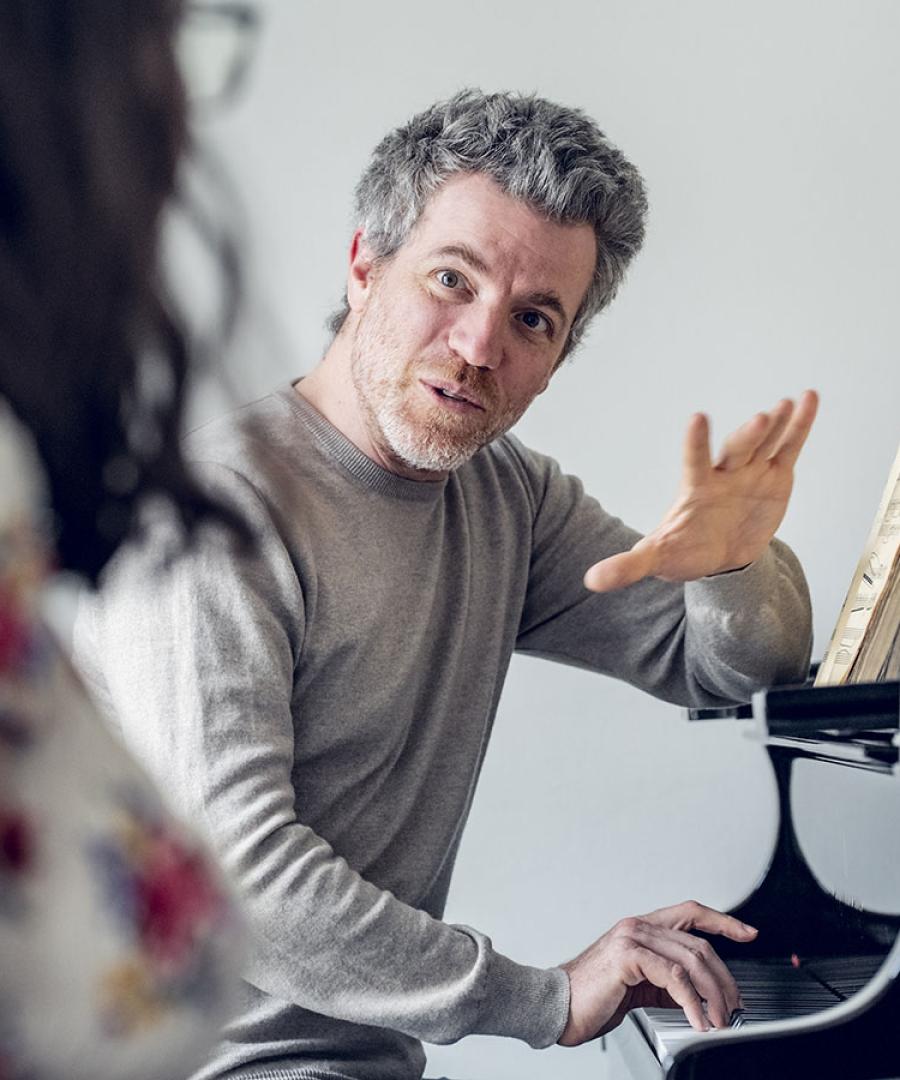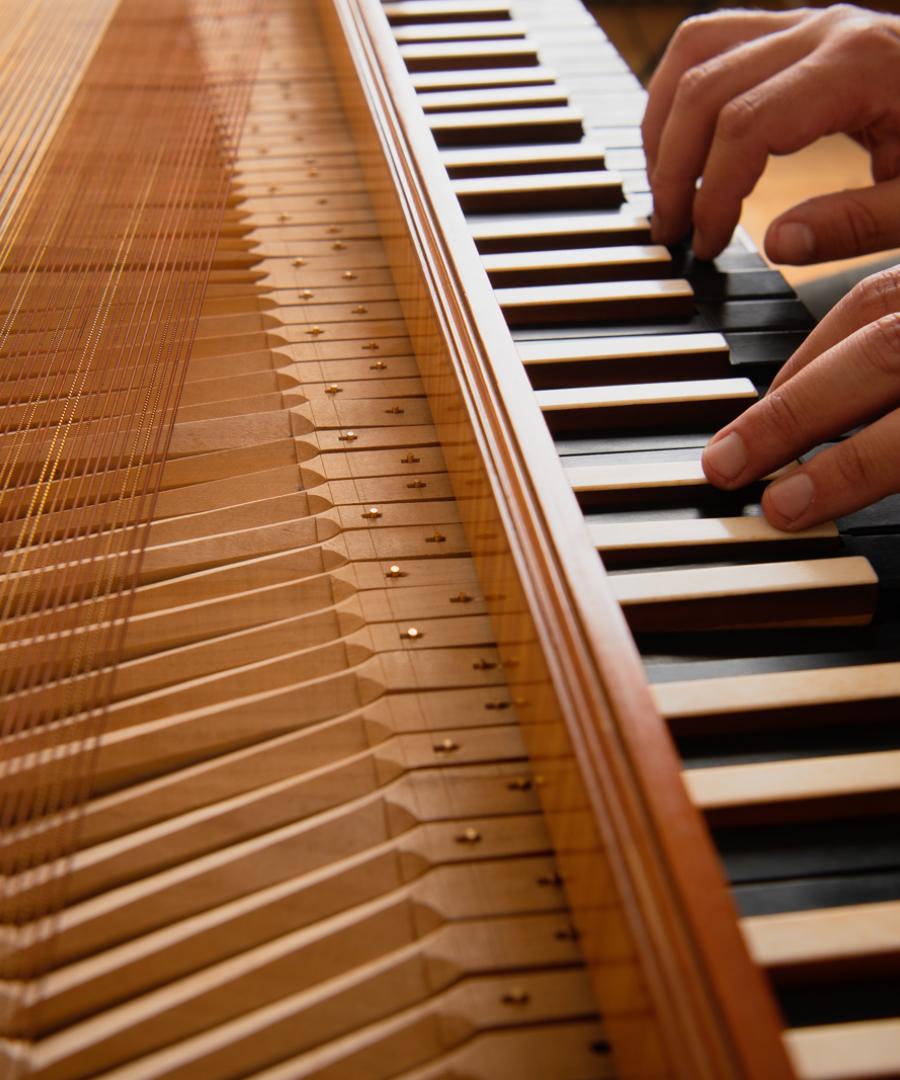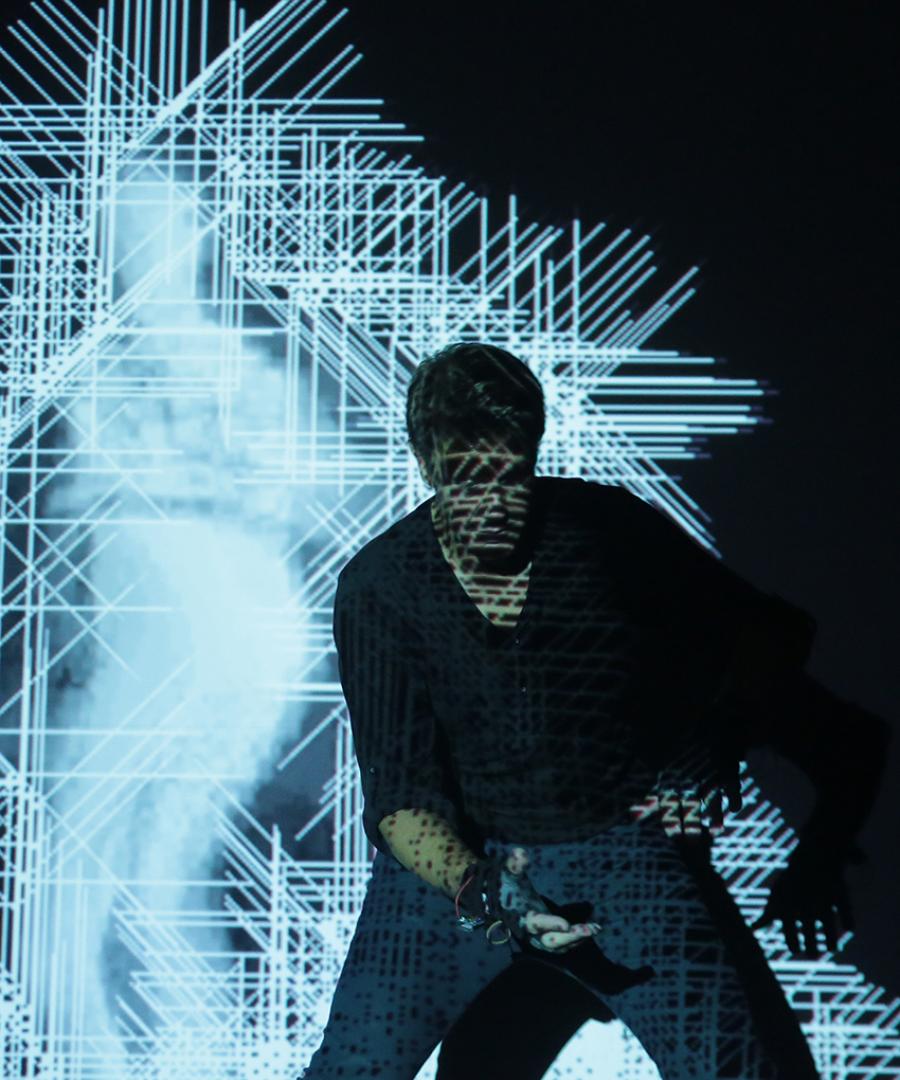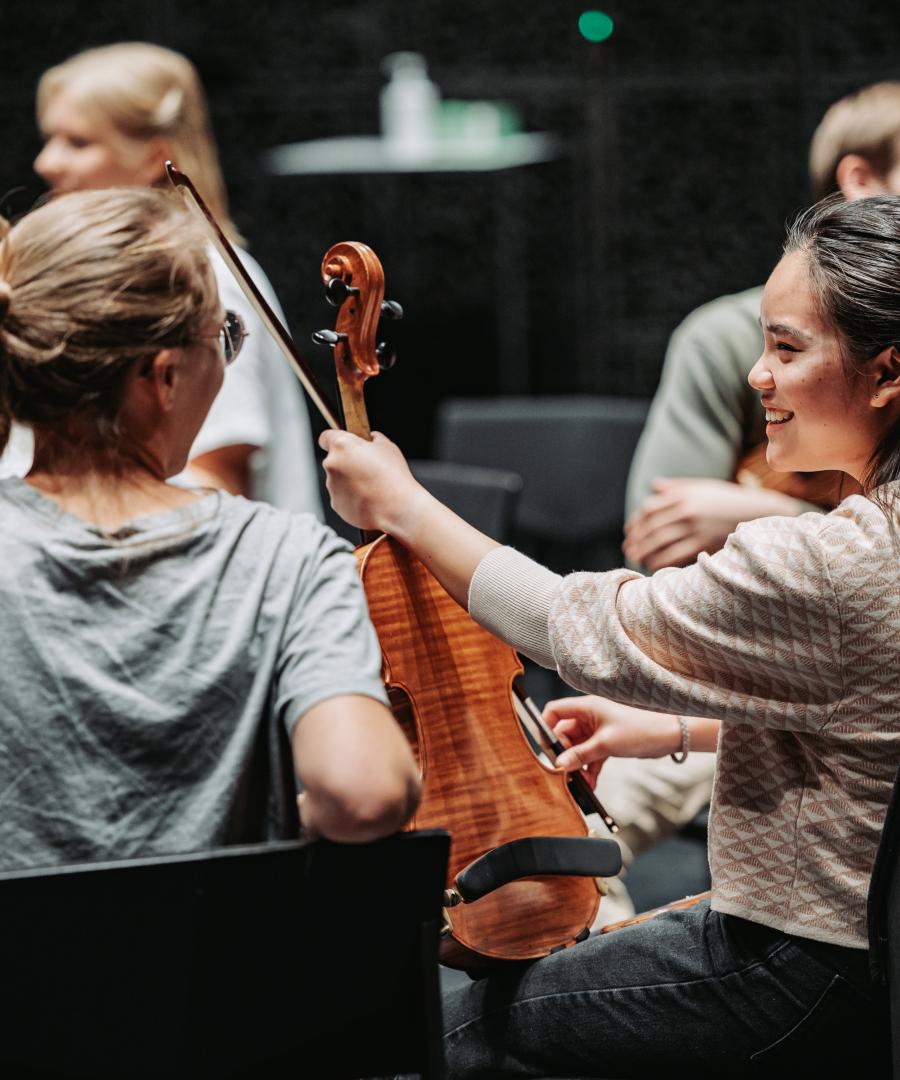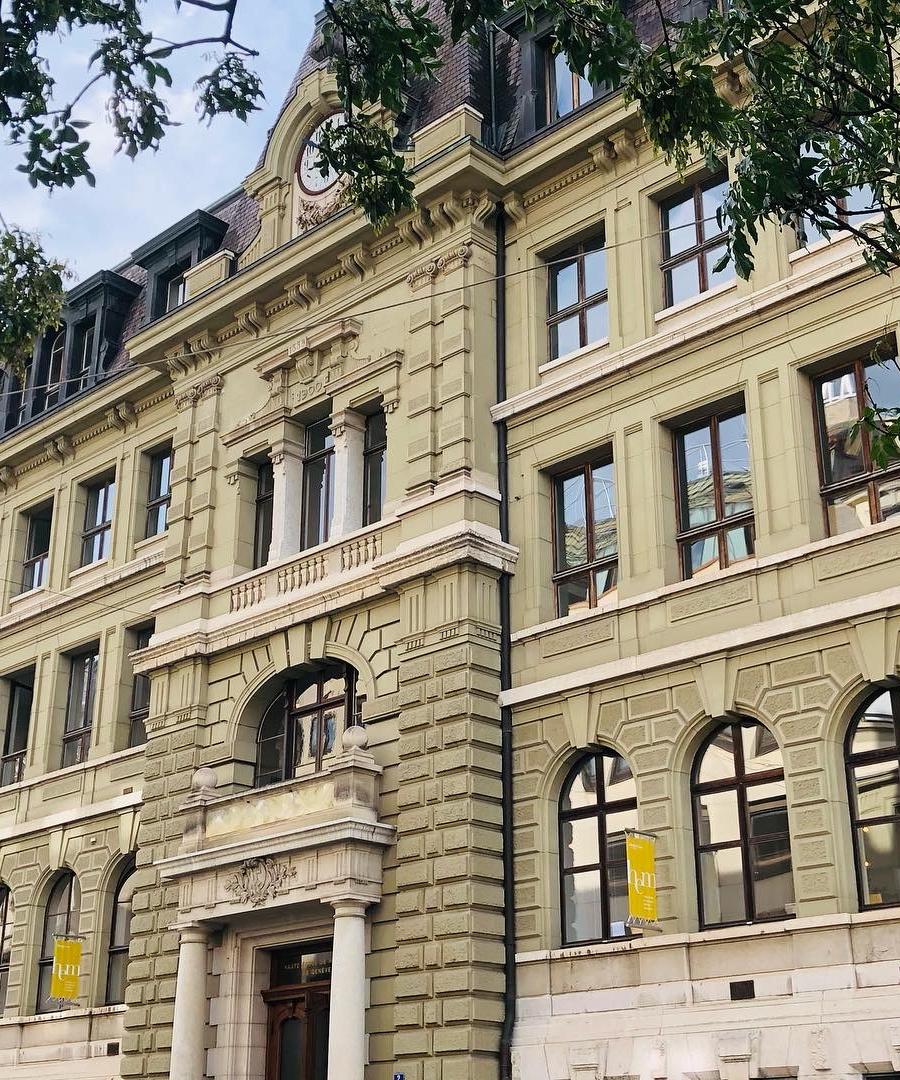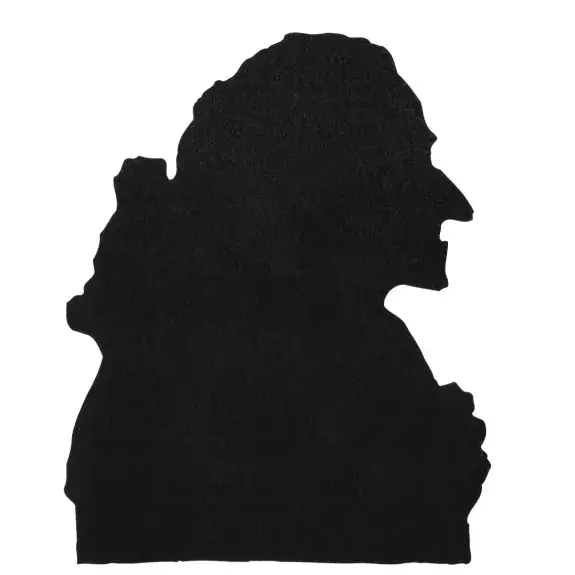- Studies
- Disciplines
- Research
- Events
- The school
Rhetorical connections between early music and contemporary music performance
Person(s) in charge
Team
Luisa Castellani (Assistante HES)
Barbara Zanichelli (Assistante HES)
Paolo Corsi (Assistant HES)
Partners
Christophe Brenner, Conservatorio della Svizzera italiana
2021-2024
Presentation of the project
Since Renaissance times, composers, performers, and those engaged in public speech have called on various aspects of the vast, classical discipline of rhetoric to inform their creative and performative choices. A composer's weapons of persuasion included both compositional figures (Figuren) and structural musical tools, which could be used in imitation of expressive discourse to both formalize and enhance a persuasive musical argument. A significant body of theoretical writings from the sixteenth to the late eighteenth centuries address the ingredients of this persuasive tool-kit and recent secondary literature has evidenced a re-awakened interest in the application of these writings to music of contemporaneous periods. However, to date, no study has considered the application of these compositional-rhetorical connections to contemporary western music, nor the application of historical writings on the singer's actio to the performance of contemporary repertoire. This study turns its gaze to such a question. By examining works by Sofia Gubaidulina, György Kurtág, and Georges Aperghis, this study aims to generate new insights into the rhetorical artillery at the disposal of the contemporary creator, and the relevance and effectiveness of historical weapons of persuasive communication to the performance of contemporary works.
